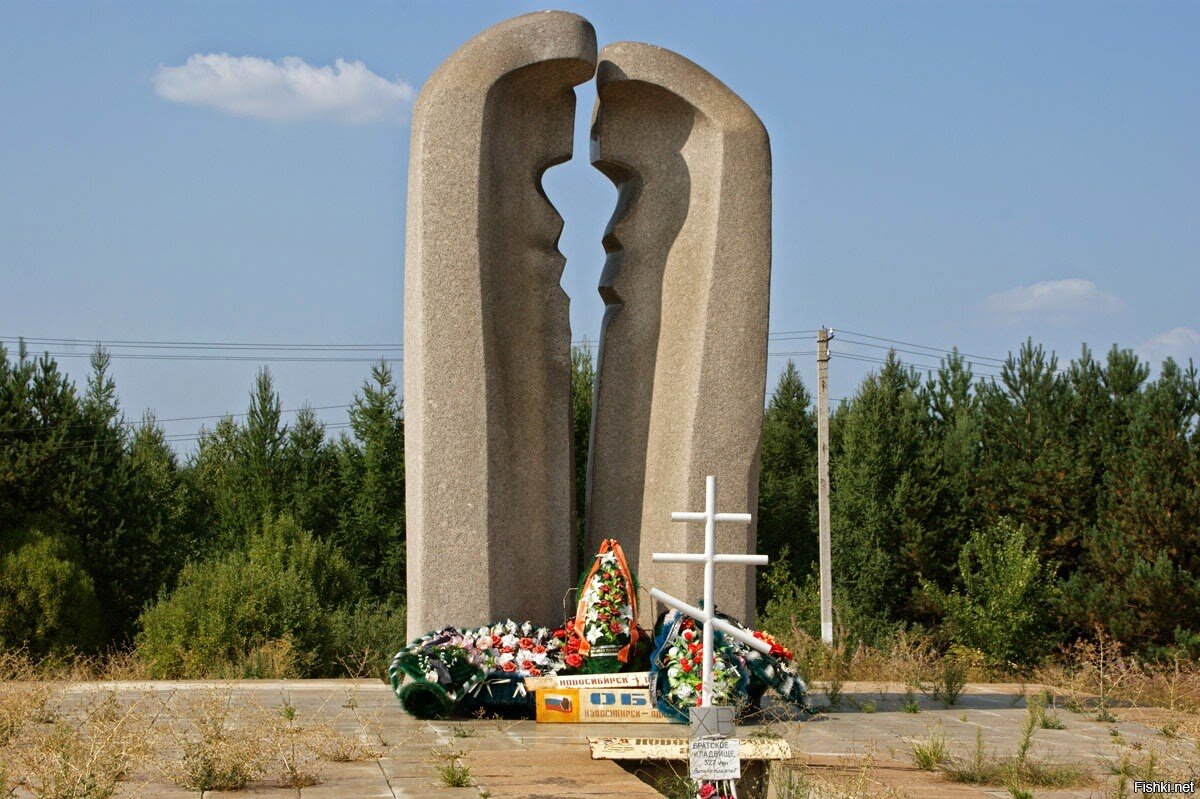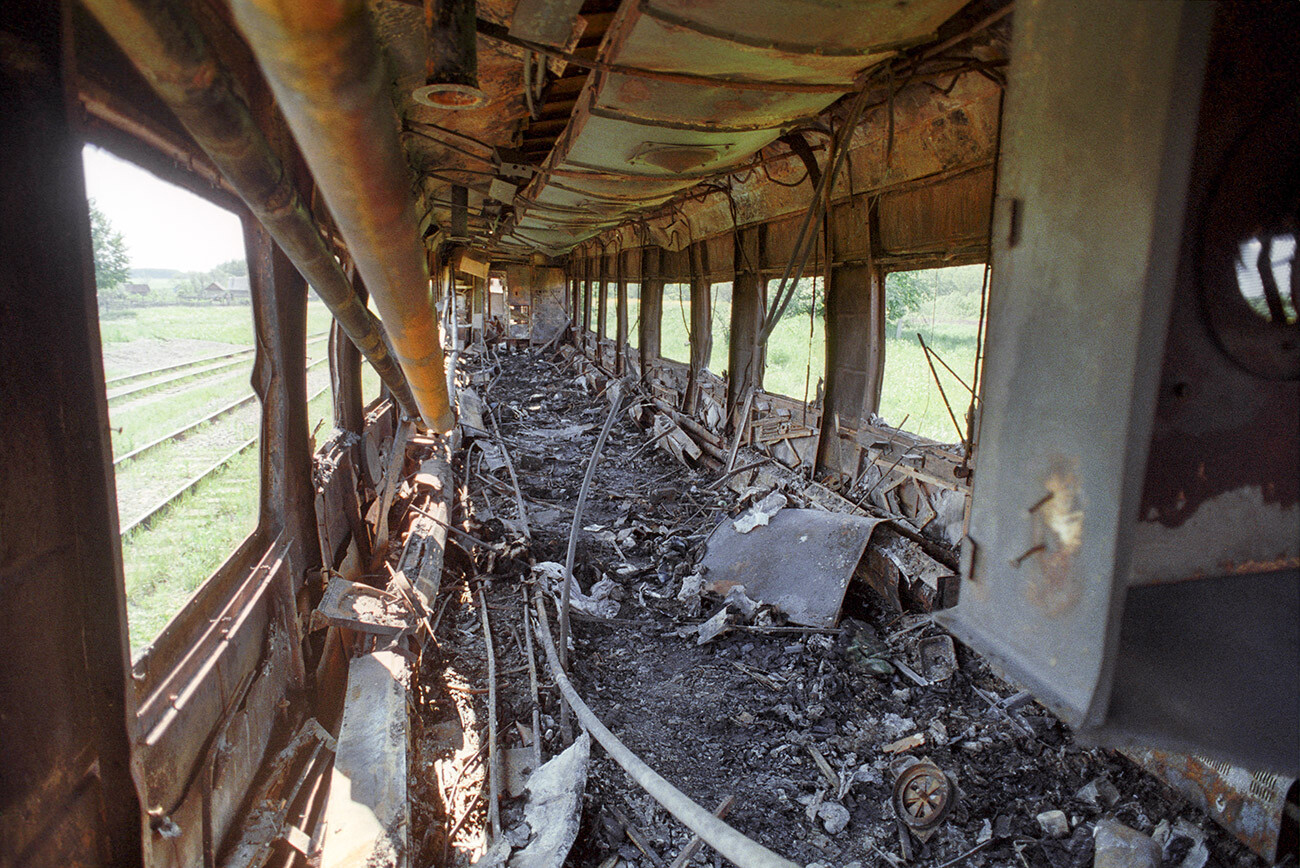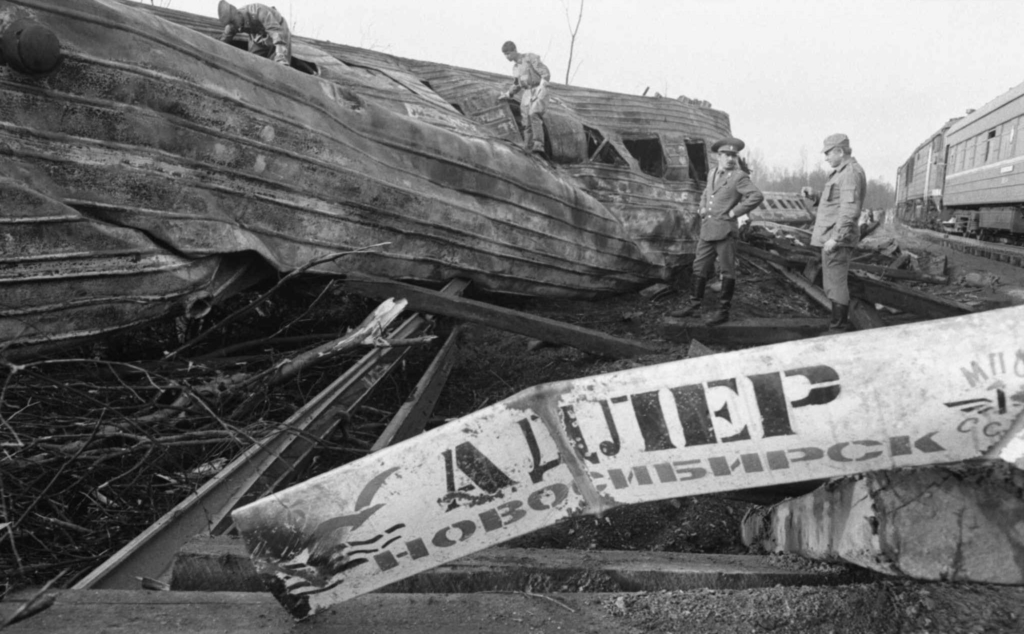бесплатно
Страна:
Регион:
Другие названия:
Значение:
Время визита:
Цена:
бесплатно
Почему Топ:
Памятный железнодорожный знак — символ важного участка магистрали и ориентир для путешественников.
Описание:
On the night of June 3–4, 1989, a train accident occurred near Ufa, the likes of which had no analogues in either Russian or world history. The cause of the accident was a gas explosion that leaked from a nearby pipeline. A terrible train accident on the Asha-Ufa section of the road claimed the lives of almost 600 people, a third of whom were children.
According to official data, on trains No. 211 Novosibirsk — Adler and No. 212 Adler — Novosibirsk there were 1,370 people, including 383 children. However, tickets for children under five years of age were not sold, and people traveled with their entire families to and from vacation. Accordingly, there could have been significantly more people.
The force of the explosion is estimated to be 300 tons of TNT. The explosion destroyed two trains that, by a fateful coincidence, met at the 1710th kilometer of the Trans-Siberian Railway — burned out and bent cars, twisted rails and hundreds of burned people. Eleven cars derailed, seven of them burned to the ground. It is unknown why the gas mixture flared up, and there is still debate about what led to the formation of a crack in the pipe and a gas leak.
As for the causes of gas leaks from the gas pipeline, everything is much more complicated. According to the official version, the pipeline was a “time bomb” — it was damaged by an excavator bucket during construction in October 1985, and under the influence of constant loads a crack appeared at the site of the damage. According to this version, a crack in the pipeline opened just 40 minutes before the accident, and during this time quite a lot of gas accumulated in the lowland.
The two trains met at the 1710th kilometer of the Trans-Siberian Railway at 1:14 a.m., where an accidental spark from prolonged braking (or perhaps from a discarded cigarette butt) ignited a gas lake. The explosion turned the road, the forest and two trains into a pitch-black blazing inferno.
More than 250 people were instantly burned in a gigantic fire. It is impossible to give exact numbers. At the epicenter of the explosion, the temperature reached 1000 degrees, everything melted. There was nothing left of many passengers. Many of the burned people were already dying in hospitals — 317 people were taken there. People died in families, children — in entire classes, along with the teachers who accompanied them on vacation. There was nothing left of many that could be identified or buried. About 700 people received various injuries, many remained disabled for life.
Pipeline PK-1086 was closed and dismantled. The filled-in lowland was planted with new trees. In 1992, a memorial was opened and a new platform “1710th kilometer” appeared, near which all trains stop.
Категории:
Темы:
Зачем посещать:
Интерес:
Физподготовка:
Лучшее время:
Доступ:
Roads:
Facilities:
Emergency:
112
Info:
Safety:
Safely
Clothing:
Seasonable
Connection:
Ok













